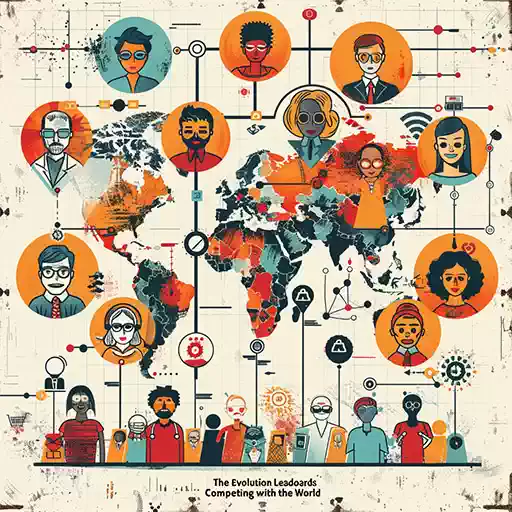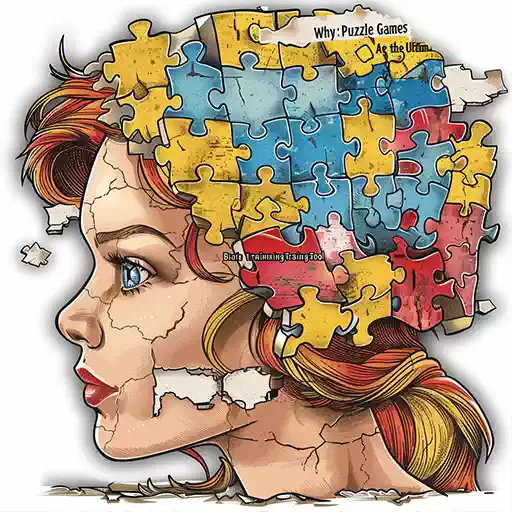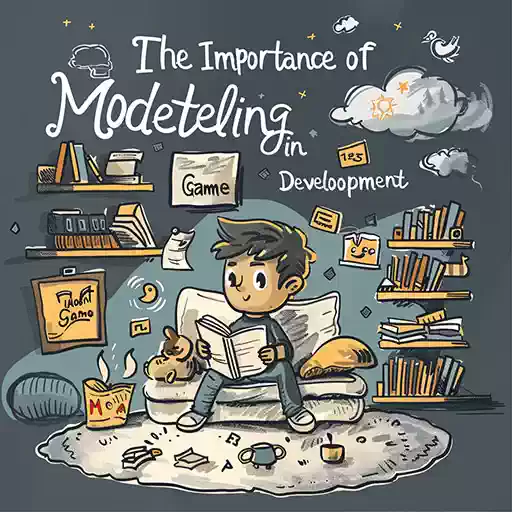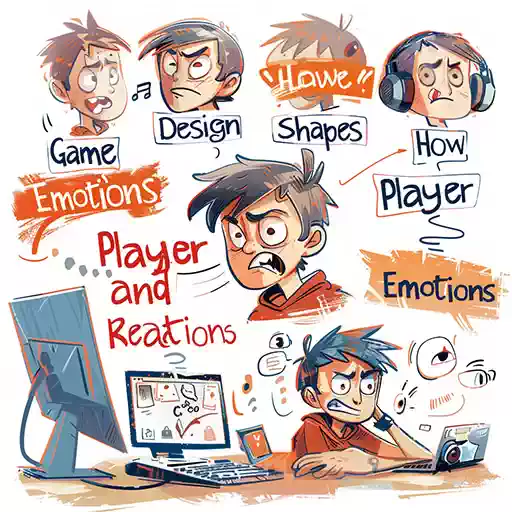The Evolution of Online Leaderboards: Competing with the World
In this article, we’ll take a look at the evolution of online leaderboards, how they’ve shaped gaming culture, and why they continue to be a major part of free games and paid titles alike. Whether you’re a casual player trying to climb the ranks or a competitive gamer seeking to dominate, leaderboards offer an enticing challenge. Let’s dive into the world of leaderboards and explore how they’ve become a crucial part of the online gaming experience.

1. The Origins of Leaderboards in Gaming
Before the internet connected gamers worldwide, leaderboards were typically confined to local arcade machines or gaming consoles. These early leaderboards were physical displays—like the iconic "High Score" screens in arcade games—that allowed players to see how they measured up against others who had played the same game.1.1 High Scores and Early Competition
In the early days of gaming, arcades were the primary battleground for competitive play. Classic games like Pac-Man, Donkey Kong, and Space Invaders allowed players to enter their initials on a leaderboard if they achieved a high score. For gamers of that era, seeing their three initials at the top of the screen was the ultimate badge of honor, as it meant they were the best player in their community—or at least in that specific arcade.These early leaderboards set the stage for the competitive nature of gaming. While the technology was limited, the idea of ranking players based on their performance was groundbreaking. It fostered friendly rivalry and motivated players to come back again and again, attempting to beat their previous high score or that of their friends.
1.2 The Rise of Console Leaderboards
As gaming shifted from arcades to home consoles, the concept of leaderboards evolved as well. Games on the NES, Sega Genesis, and other early consoles often kept track of local scores but lacked the ability to connect players to a broader network. It wasn’t until the internet became more accessible that leaderboards began to truly take off in the world of online games.
2. The Internet Revolution: Leaderboards Go Global
With the advent of the internet in the mid-1990s, gaming experienced a major transformation. Suddenly, players were no longer limited to competing against friends or local rivals—they could now measure their skills against players from around the world. This change laid the foundation for the modern era of online leaderboards, where competition knows no boundaries.2.1 The Birth of Online Leaderboards
The rise of multiplayer online games in the late 1990s and early 2000s gave birth to the modern online leaderboard. Games like Quake, Unreal Tournament, and later, Counter-Strike, allowed players to compete in real-time against others across the globe. These games featured ranked matchmaking systems and global leaderboards, where players could see how they ranked in terms of kills, wins, and other performance metrics.For the first time, players could truly measure their skills against an international audience, and leaderboards became the standard by which gamers judged themselves. Whether you were a casual player or a serious competitor, seeing your name on an online leaderboard became a source of pride and motivation to improve.
2.2 Expanding to All Genres
While leaderboards were initially popular in competitive shooters, they quickly spread to other genres of online games. Racing games, fighting games, and even puzzle games began incorporating leaderboards as a way to keep players engaged. Whether you were trying to set the fastest lap time in Gran Turismo or achieve the highest combo in Tetris, online leaderboards gave you a reason to keep playing and improving.The appeal of leaderboards wasn’t limited to hardcore gamers either. Even in more casual, free games, leaderboards became a way for players to measure progress, challenge themselves, and compete against friends. Games like Angry Birds and Candy Crush featured simple yet addictive mechanics, with leaderboards driving players to aim for higher scores and share their achievements on social media.

3. The Social Aspect: Bringing Gamers Together
One of the most interesting aspects of online leaderboards is how they create a sense of community among players. In many games, leaderboards are not just a display of who’s at the top—they’re a central hub for interaction, competition, and collaboration.3.1 Friendly Rivalries and Community Engagement
Online leaderboards naturally foster friendly rivalries. Whether it's competing against strangers or beating a friend’s high score, leaderboards add an extra layer of excitement to the gaming experience. Many players find that they’re more motivated to play when they have a goal in sight, whether that goal is improving their ranking or surpassing someone they know.Leaderboards also drive community engagement. In many online games, leaderboards are integrated into community features like forums, social media platforms, and in-game chats. This creates a culture of sharing tips, strategies, and advice as players work to climb the ranks together. For example, in a popular FOGYX game, players frequently use online forums to discuss tactics for achieving higher scores and moving up the leaderboard, building a sense of camaraderie.
3.2 Clan Leaderboards and Team-Based Rankings
In addition to individual leaderboards, many online games now feature clan leaderboards or team-based rankings. These leaderboards rank groups of players who compete together in team-based modes. This structure encourages collaboration and teamwork, as players work not only for their own rank but also for the success of their team or clan.In FOGYX’s multiplayer titles, for instance, clans can compete in weekly or monthly tournaments, with their performance displayed on dedicated clan leaderboards. This adds an extra layer of strategy and teamwork, as individual skill is important, but success relies heavily on how well players can work together.

4. The Future of Leaderboards: Beyond Scores and Ranks
As online games continue to evolve, so do the ways in which leaderboards function. Today’s leaderboards aren’t just about tracking kills or high scores—they’re becoming more sophisticated, measuring performance across a range of criteria and offering more meaningful rewards for players who excel.4.1 Dynamic Leaderboards and Personalized Metrics
One of the most exciting developments in the evolution of leaderboards is the rise of dynamic leaderboards, which can track a wide range of player behaviors and achievements. Rather than just listing the top players based on a single metric like score or kills, dynamic leaderboards allow for more personalized tracking.For example, a dynamic leaderboard might track a player’s accuracy in shooting games, their puzzle-solving speed in logic games, or even how often they assist teammates in cooperative modes. This provides a more nuanced view of a player’s performance and offers recognition for skills beyond just winning or scoring the most points.
4.2 Leaderboards with Meaningful Rewards
In addition to tracking a wider range of metrics, many modern games are incorporating reward systems tied to leaderboards. Instead of leaderboards being purely for bragging rights, players can now earn in-game rewards based on their ranking or performance over time.In FOGYX’s competitive games, for example, players who reach the top of the leaderboard at the end of a season might unlock exclusive skins, avatars, or even new gameplay features. This adds an extra layer of incentive for players to push themselves, knowing that their efforts could be rewarded with unique content that enhances their gaming experience.
5. How FOGYX Innovates with Leaderboards
At FOGYX, we understand the importance of leaderboards in creating engaging online gaming experiences. We’ve implemented leaderboards across many of our free games, using them to drive competition, community interaction, and long-term player engagement.5.1 Encouraging Fair Competition
One of our core values at FOGYX is promoting fair competition. We strive to ensure that our leaderboards are balanced and accessible to players of all skill levels. This means incorporating skill-based matchmaking and offering multiple types of leaderboards, from global rankings to smaller, more casual leaderboards where players can compete among friends.5.2 Player Feedback and Continuous Improvement
We’re also committed to constantly improving our leaderboard systems based on player feedback. By listening to our community, we ensure that our leaderboards stay relevant and engaging, with features that enhance the overall player experience. Whether it’s adjusting ranking algorithms or introducing new types of leaderboards for specific game modes, we’re always looking for ways to innovate.Conclusion: A New Era of Competition
The evolution of online leaderboards has transformed the way we experience online games and free games. What started as a simple way to track high scores has become a global phenomenon, connecting players through competition, collaboration, and community. As leaderboards continue to evolve, they will no doubt play an even bigger role in shaping the future of online gaming.At FOGYX, we’re excited to be part of this evolution. By creating dynamic, engaging leaderboards that foster fair competition and community interaction, we’re helping to redefine what it means to compete with the world. Whether you’re chasing the top spot on a global leaderboard or just trying to beat your friend’s high score, leaderboards are here to stay—and the competition has never been fiercer.
25 October 2024
More articles

In today’s fast-paced world, everyone is looking for ways to keep their mind sharp, stay focused, and, let’s be honest, have some fun along the way. While some may turn to crosswords or Sudoku, an ever-growing number of people are finding that puzzle games are not only a great source of entertainment but also a powerful tool for training the brain. With engaging mechanics, challenging levels, and plenty of brain-bending puzzles to solve, it’s no surprise that puzzle games have earned their place as the ultimate brain training tool.

In today's world of gaming, where technology continues to evolve at a breakneck pace, it's easy to get swept away by the allure of stunning graphics, realistic physics, and immersive virtual environments. But there's something even more timeless at the heart of every great game—storytelling. A captivating story can transform an ordinary game into an unforgettable experience, drawing players in and keeping them hooked long after they've set down the controller or closed their app.

Ever wonder why certain games make your heart race, while others leave you with a deep sense of satisfaction or even sadness? It’s not just the storyline or the gameplay mechanics at work—it’s the game design itself. From the colors and sounds to the pacing and challenges, game design plays a powerful role in shaping the way we feel as we play. The right design elements can take players on an emotional rollercoaster, leaving them exhilarated, frustrated, or deeply moved.
all articles
